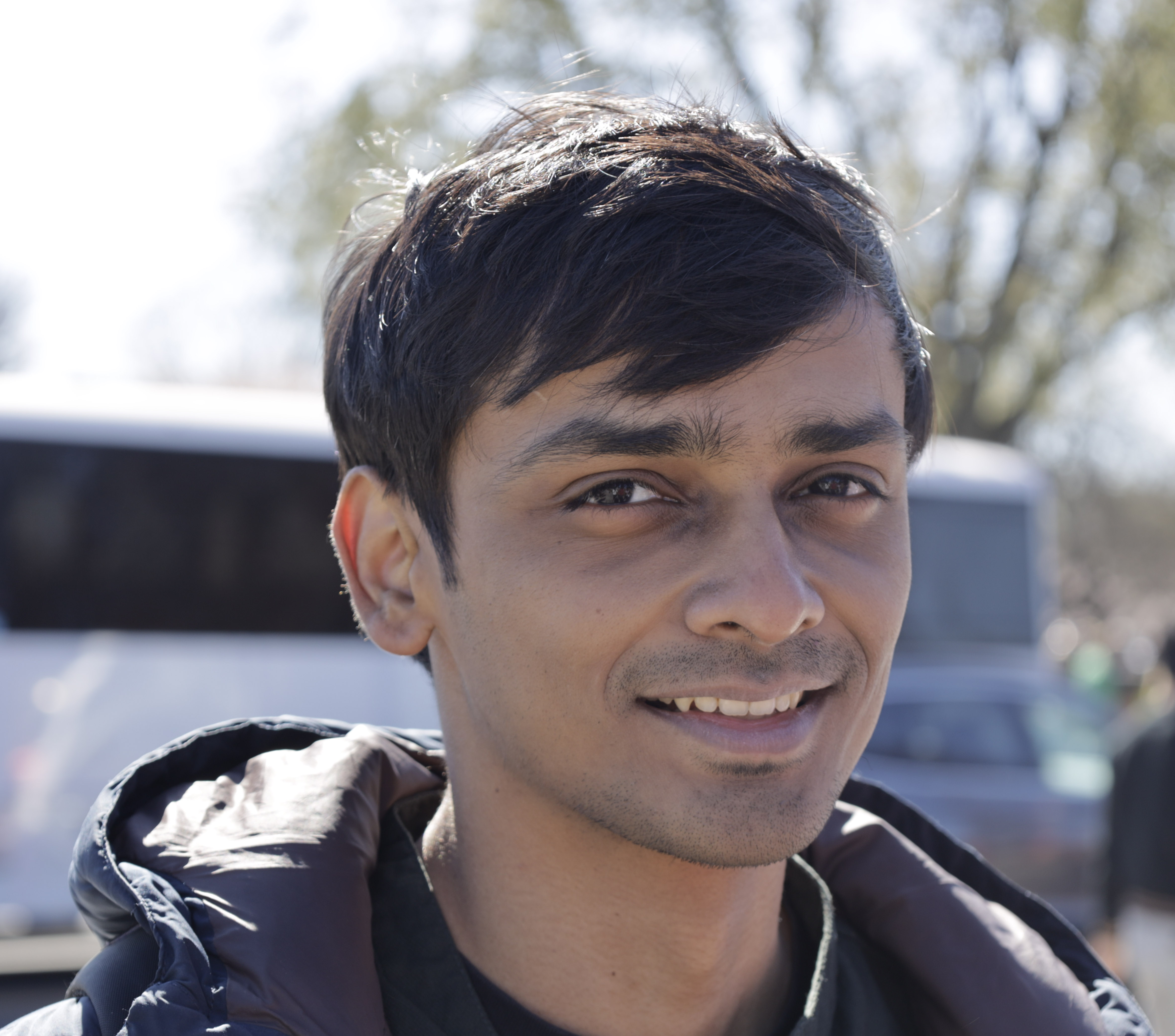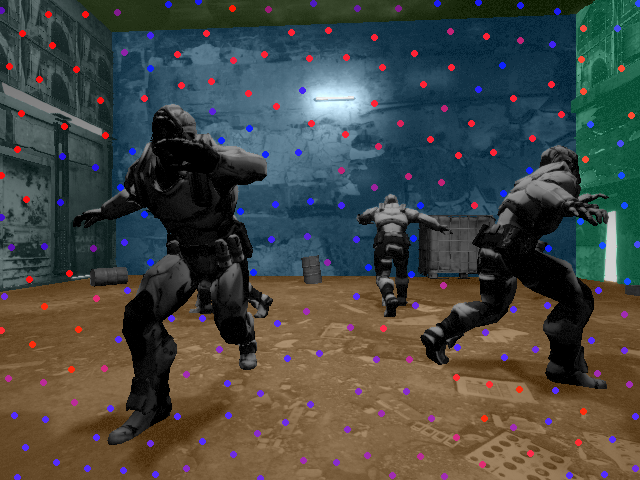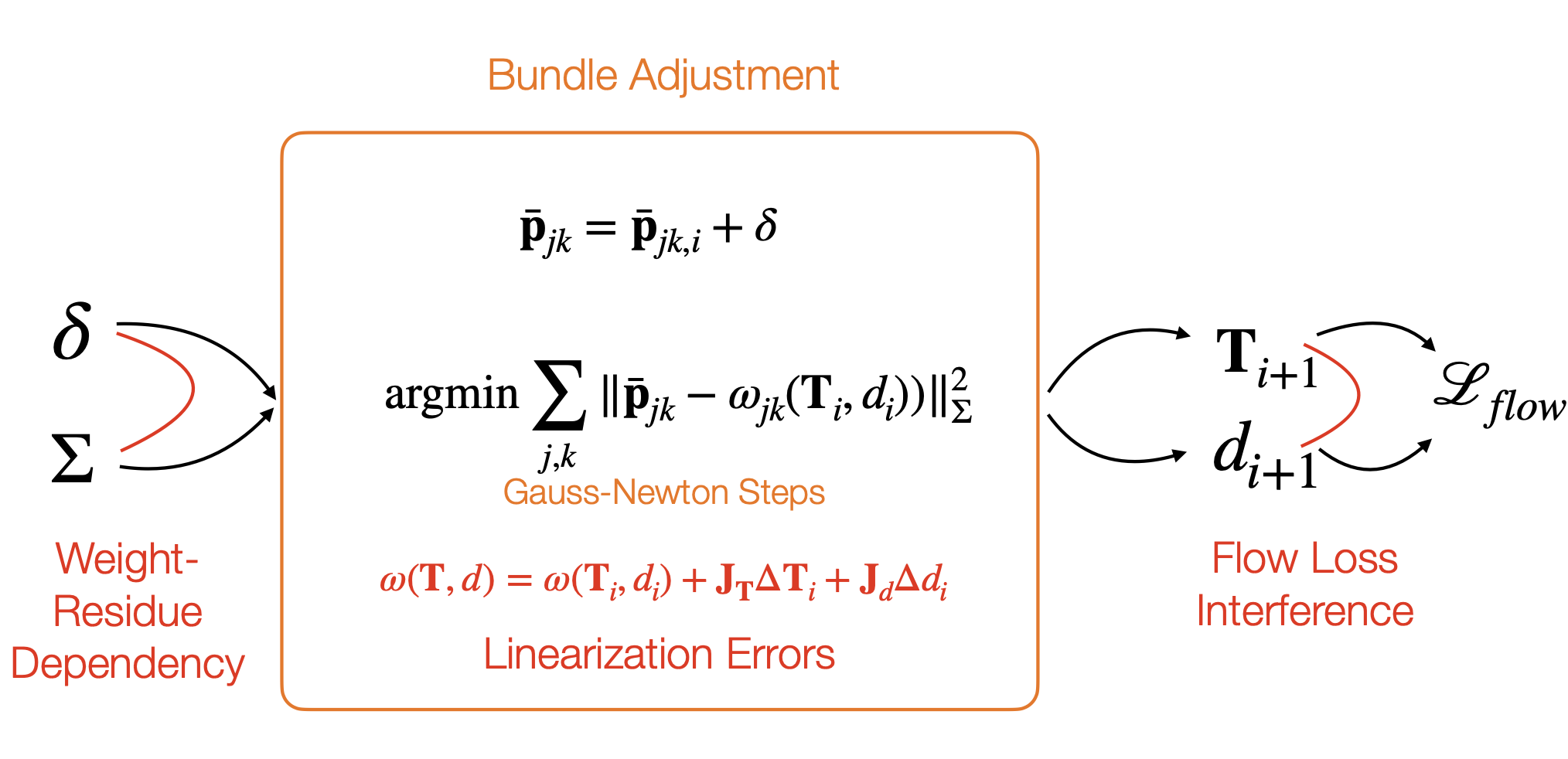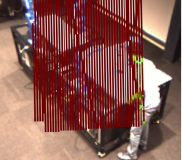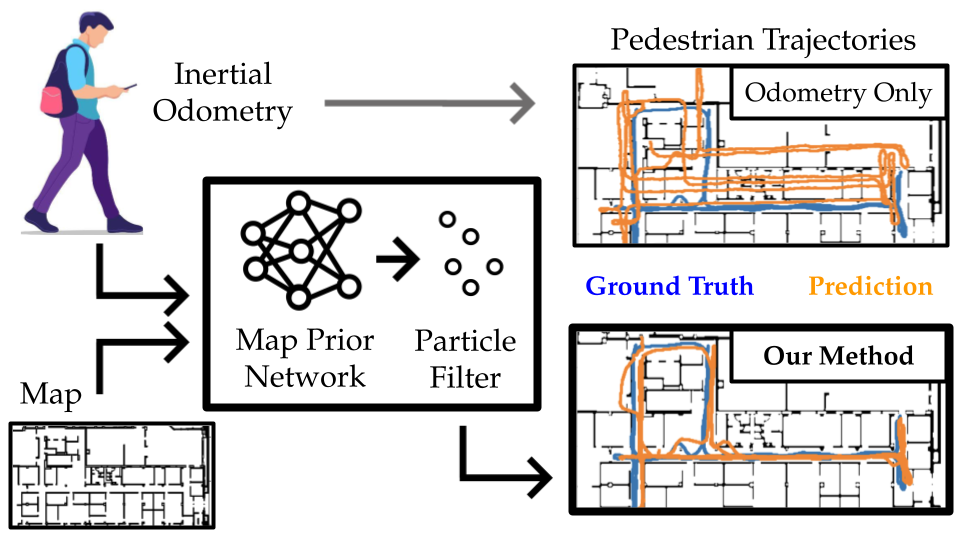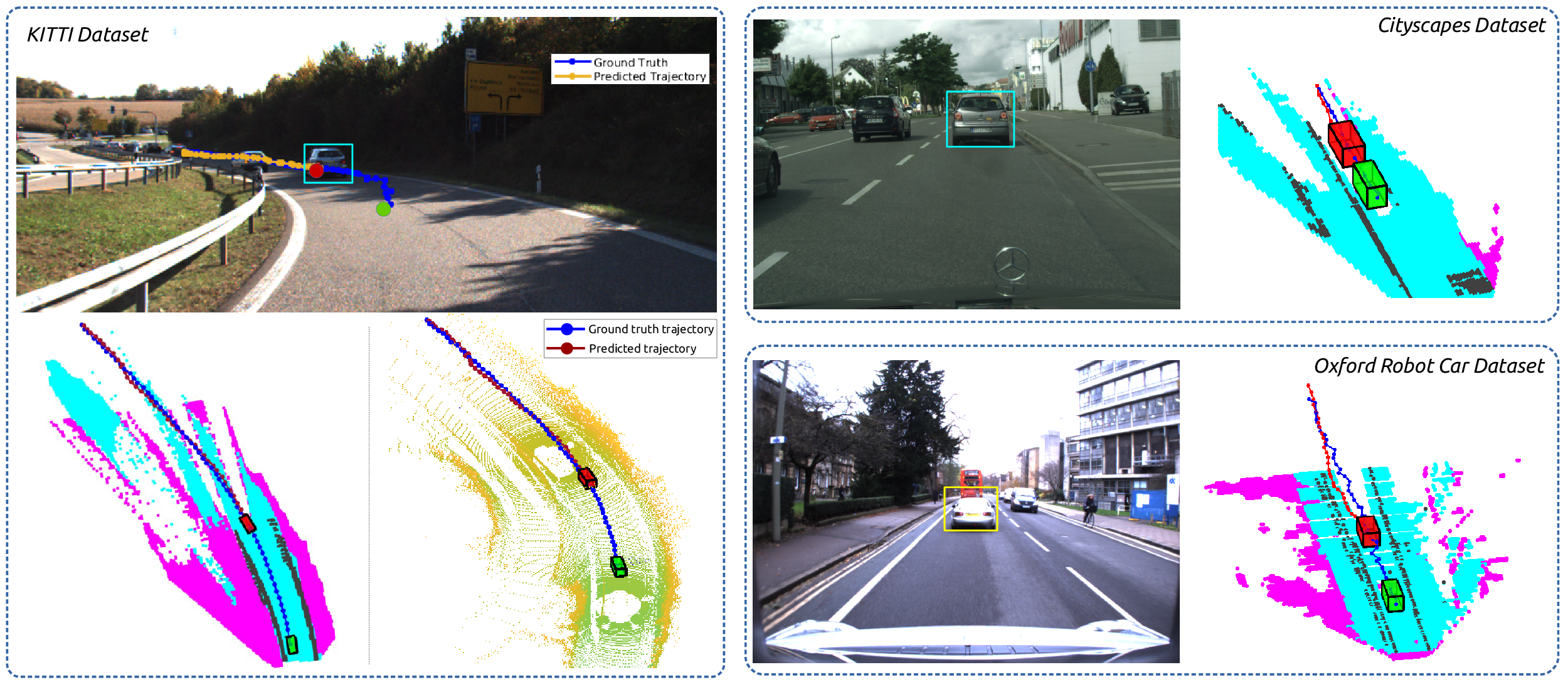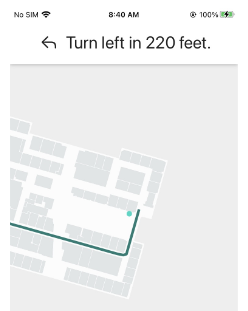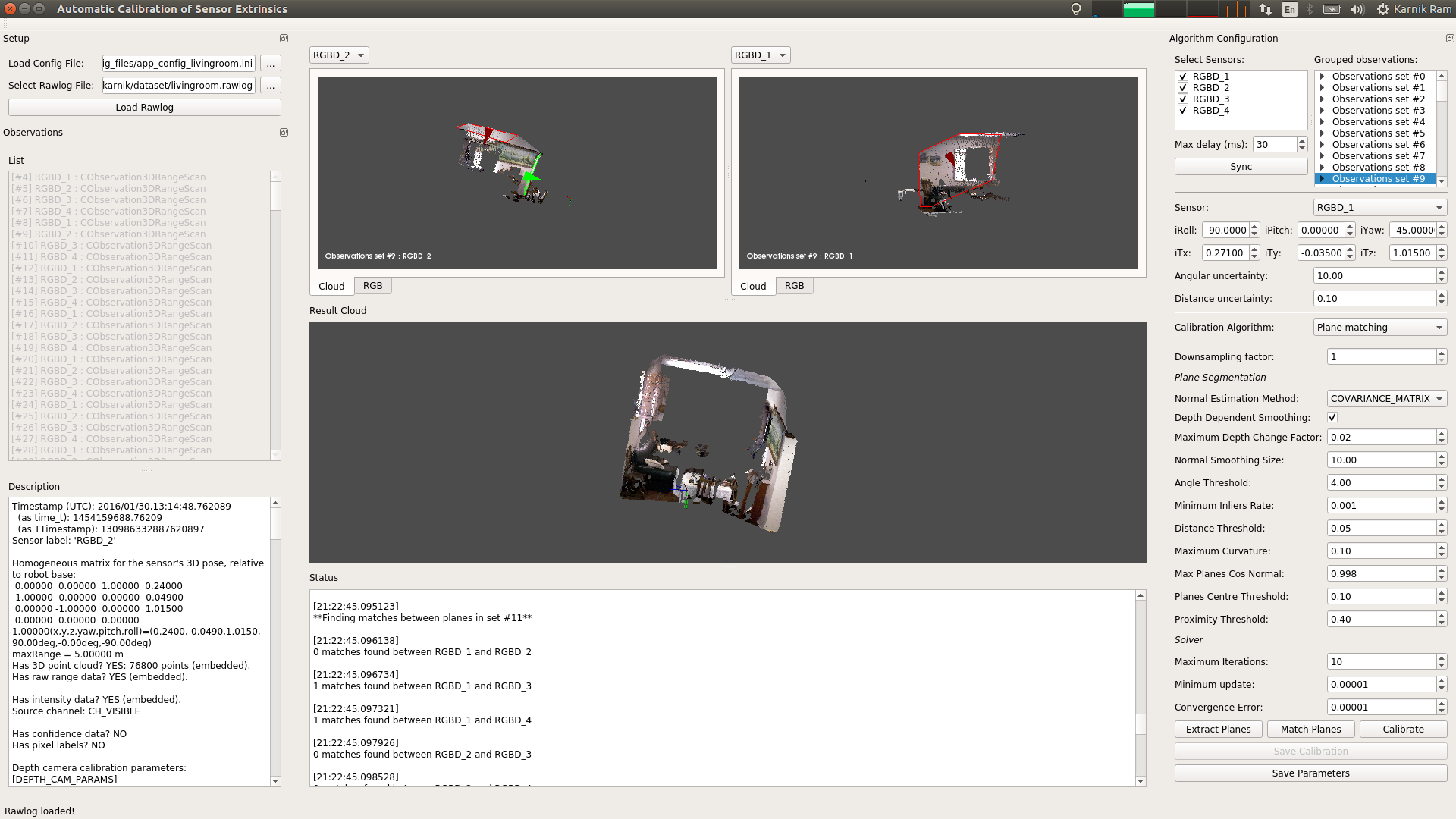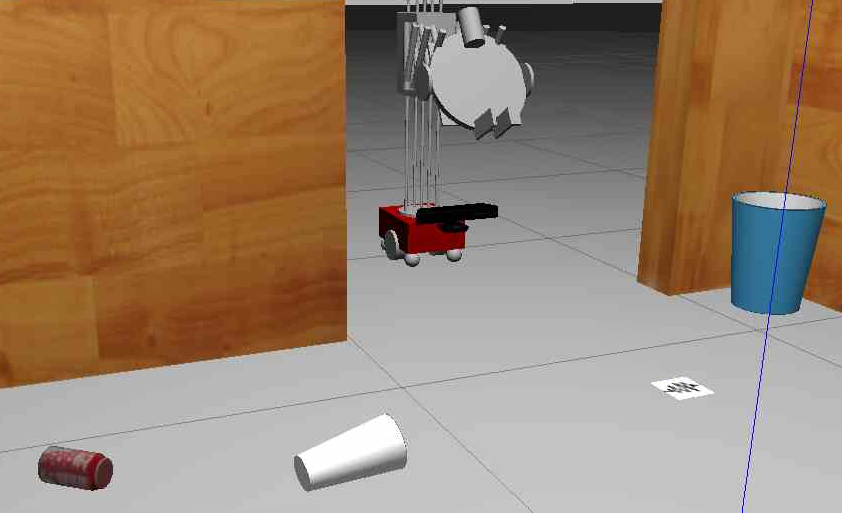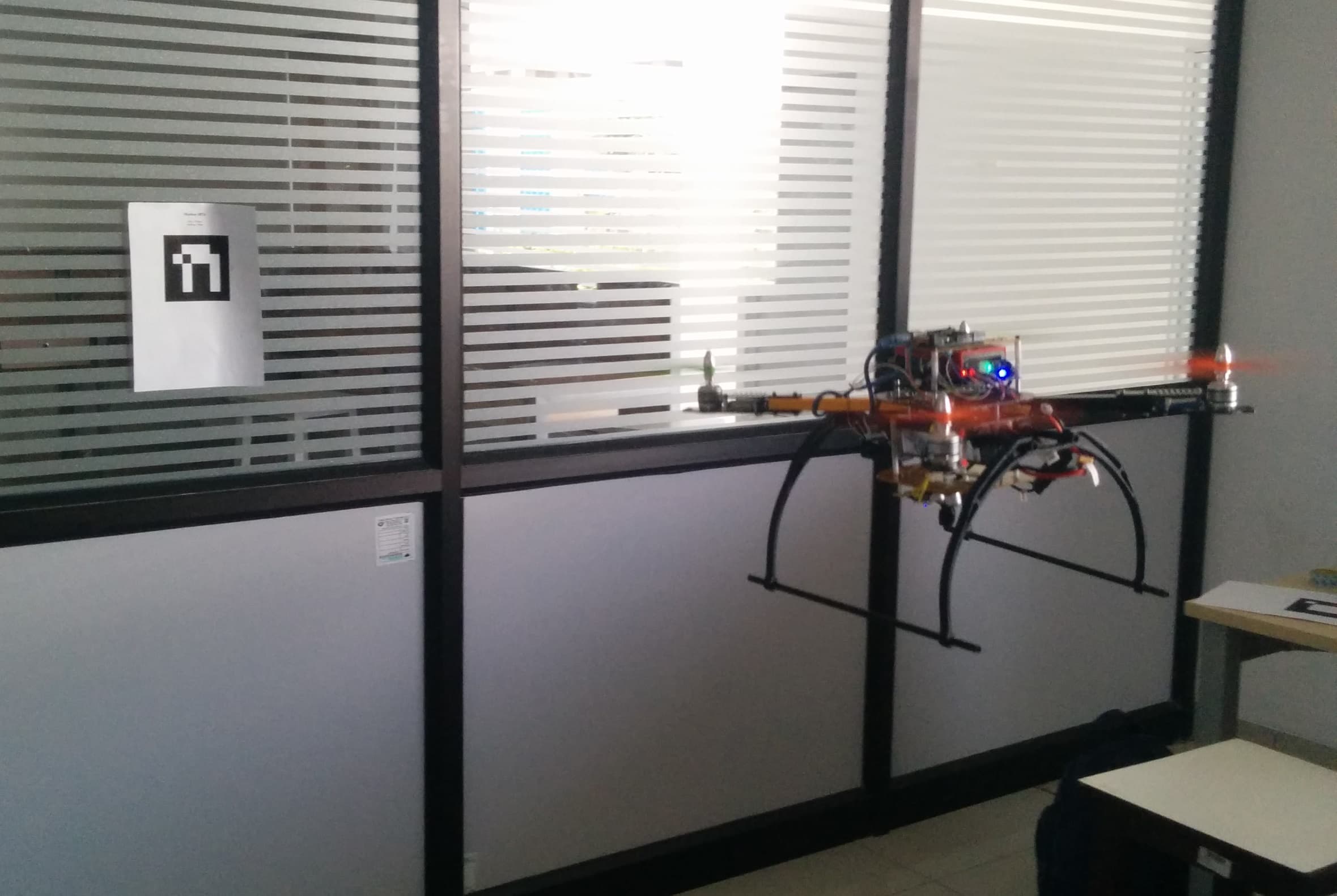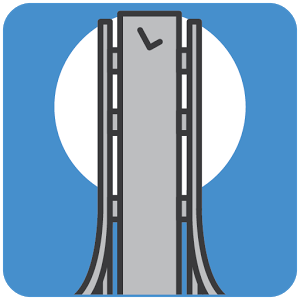
|
PathFinder: Designing a Map-less Navigation System for Blind People in Unfamiliar Buildings
Masaki Kuribayashi, Tatsuya Ishihara, Daisuke Sato, Jayakorn Vongkulbhisal, Karnik Ram, Seita Kayukawa, Hironobu Takagi, Shigeo Morishima,
Chieko Asakawa
ACM CHI Conference on Human Factors in Computing Systems (CHI), 2023.
We developed a suitcase robot that allows blind people to find their way around unfamiliar buildings, by detecting and conveying information about intersections and signs.
We conducted a user study with seven blind participants which showed that the robot improved their ability and confidence in navigating compared to their regular aid.
Paper |
Presentation
|
